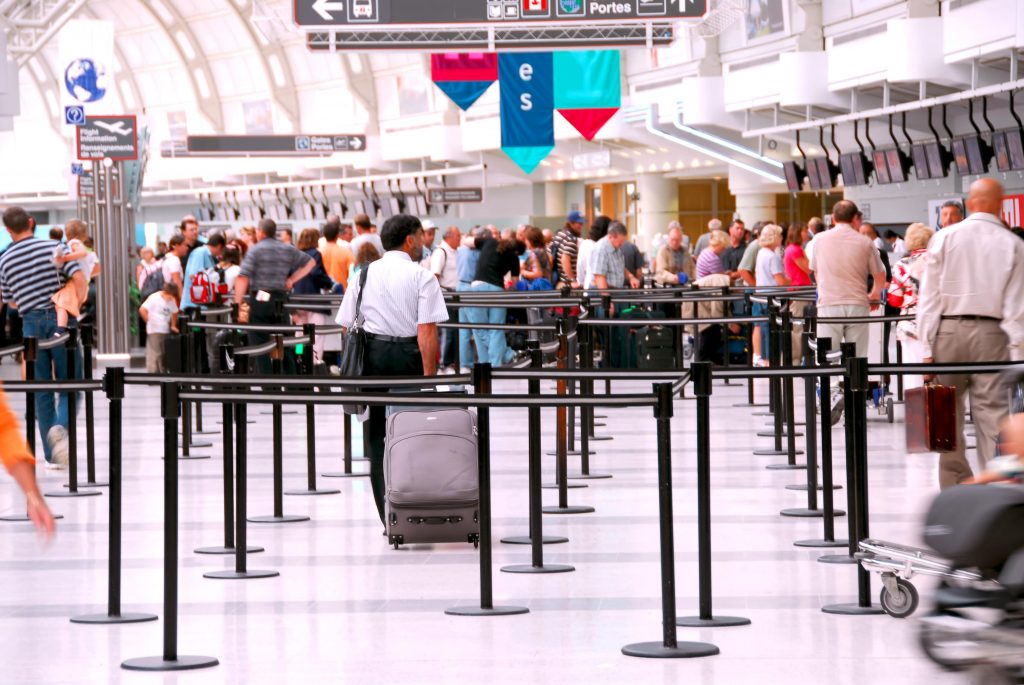What are Hidden Disabilities?
There was a time when people thought being disabled meant that you must look a certain way. The wheelchair symbol on toilets and parking spaces influenced everyone’s view. If you had a disability, you were expected to be a wheelchair user.
Now, things are changing. We’re all becoming more aware of many so-called ‘hidden’ disabilities. These disabilities can’t always be seen but can be just as challenging to the people living with them.
What is a hidden disability?
A hidden disability is one that you might not immediately notice. Whilst people with hearing loss might wear a hearing aid, these aren’t as obvious as say a powerchair. And some people have no visible disability aids, or at least none that people would recognise.
Every day, most of us interact with people with disabilities. Often, we may not even realise the person we’re dealing with is living with any sort of disability as there can be no visual indicators whatsoever.
Hidden disabilities can range from autism, ADHD and epilepsy to Crohn’s, hearing loss, and anxiety as well as many more conditions.
Are attitudes changing?
Attitudes are changing towards hidden disabilities. Awareness is growing, and people are able to access more support. But, we’re not in the perfect place just yet.
While you might have seen signs on public toilet doors reading ‘not all disabilities are visible’, and while people with certain hidden disabilities can now apply for Blue Badges, there is still work to be done.
People with hidden disabilities may face negativity from those that don’t recognise what they’re dealing with. One of the most notable cases was with the comedian Paddy McGuinness, who faced aggression when using a disabled parking space for his autistic children, despite displaying a blue badge.
Fortunately, as awareness grows, people with hidden disabilities are finding themselves in an ever more understanding world. Situations where their needs are unrecognised, ignored, or completely brushed aside, are now becoming less common.
How are hidden disabilities becoming more widely recognised?
Awareness is spreading. Social media has played a big part, allowing the voices of those with a whole range of disabilities to be heard. Nowadays, people can share their experiences with a much wider audience. Others are starting to see how life can be impacted if you have a hidden disability and are becoming more aware of those around them.
Organisations and companies are also getting on board, doing their bit for those with hidden disabilities. Many retailers now offer a regular Autism Hour, where lights are dimmed and music is turned off to help autistic customers to shop. The Sunflower Lanyard, a visible indicator showing you have a hidden disability, is now recognised at many UK shops, airports, and attractions. The Sunflower Lanyard has also became particularly popular since the start of the Covid-19 pandemic, as it has helped those with a hidden disability let others know they were exempt from wearing a face covering.
If you have a hidden disability, it’s getting easier to ask for support.
How else are hidden disabilities being recognised?
As awareness grows, many people find that employers are being more supportive. If you have a hidden disability, you may now find your employer more forthcoming about accommodating things for you at work. Accommodations might range from flexible working to additional tools that can help. Employers are legally required to make reasonable adjustments for both hidden disabilities and more obvious conditions.
What is it like to have a hidden disability?
If you haven’t got a hidden disability, then it’s easy to assume that those around you are really no different to you. That’s why hidden disabilities have gone unnoticed by many people for so long. However, a hidden disability can present as many challenges in daily life as something like an inability to walk.
Hidden disabilities can make it more difficult for people to do things many take for granted like being able to shop, use public transport, socialise, or access education.

How can we all do our bit for those with hidden disabilities?
Many people with hidden disabilities are not asking for any special treatment. Instead, they need wider understanding and a more accepting society. They need people consider how they could be more accommodating to other people with different disabilities at times when they might be struggling.
You can help by avoiding snap judgements. If you see someone using a disabled toilet, don’t assume that they’re avoiding a queue. If a child is screaming in a supermarket aisle, don’t assume that they’re just being naughty. If someone is packing their bags slowly at the checkout, give them a little more time.
Hidden disabilities vary enormously, and you can’t treat everyone the same. What works for one person might not help another at all. But, as awareness of hidden disabilities continues to grow, the hope is that we become a more tolerant society and those with hidden disabilities can have their lives made easier.

